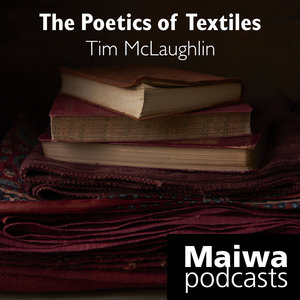Maiwa East is open a few extra days before Christmas.
Monday December 23, 10 - 5
Tuesday December 24, 10 - 4
Friday December 27: Open 10 - 5
Saturday December 28: Open 10 - 5
Sunday December 29: Open 11 - 5
Maiwa East will reopen January 2
and then we are back to our normal hours:
Thursday, Friday Saturday Open 10 - 5
Sunday Open 11 - 5
Do you have Maiwa East coupons left?
Coupons for Maiwa East expire on December 29, 2013
So, if you have been stashing them in a sock drawer all year,
now is the time to bring them in.
The 2013 Maiwa Coupons expire on December 29, 2013.
We give out coupons at our Granville Island stores (Maiwa and Maiwa Supply)
when you make a purchase over $100.
The coupons are good for $20 off a furniture purchase over $200 made at Maiwa East.
These coupons can be combined and used on a single purchase.
Holiday Hours at our Granville Island Stores
Maiwa and Maiwa Supply
We are open every day from 10-7.
The three days we are closed each year are:
December 25 & 26.
and January 1.
Happy holidays to everyone!






























































